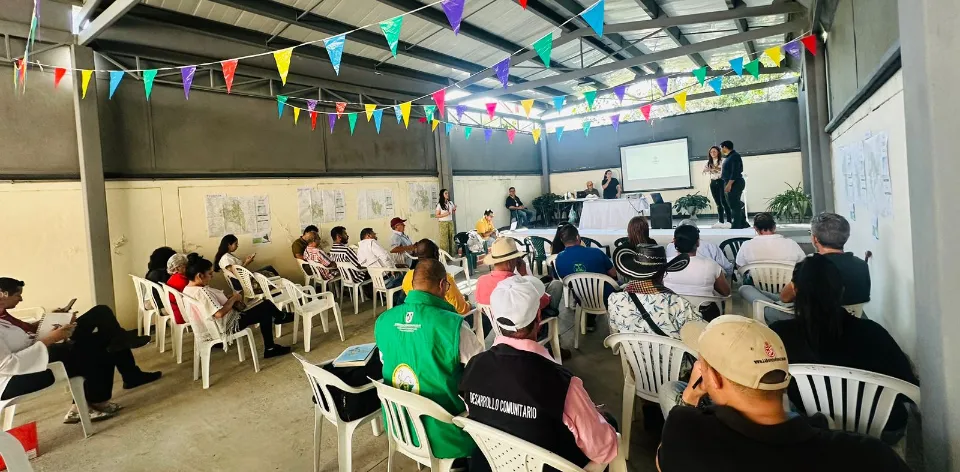 25/09/2024
25/09/2024
APPAs align with municipal territorial decisions

Bogotá, D. C., (@UPRAColombia). Bogotá, 25 de septiembre de 2024 (@UPRAColombia). The identification of Areas for Food Production Protection (APPAs) has been underway in eight departments across the country, covering over 90 municipalities, with the goal of protecting rural land and ensuring the human right to adequate food. This identification process is being harmonized with the economic activities in each municipality.
As part of the process leading to the declaration of APPAs, the Agricultural Rural Planning Unit (UPRA) is aligning these areas with territorial planning instruments (POTs) to ensure that APPAs do not conflict with existing municipal decisions but instead integrate into territorial development possibilities, while protecting land needed for food production.
Dora Inés Rey Martínez, acting director of UPRA, explained that during the identification of APPAs, "local actors and institutions must participate, and information must be gathered, analyzed, and integrated in a way that allows us to refine the initial secondary mapping to a more detailed scale that can be incorporated into territorial planning once the areas are declared."
To identify APPAs, UPRA uses a multiscale analysis, enabling the adoption of the most detailed inputs available. This process ensures the protection of specific areas and guarantees the human right to adequate food.
Additionally, UPRA processes territorial characterization data, analyzing land market dynamics, productive zoning, climate change, fiscal regimes, territorial planning, areas of environmental interest, non-agricultural economic activities, proximity to infrastructure, road networks, and coordinated information from other entities.
Steps to Declare APPAs:
- Identify Zones for Food Production Protection (ZPPA).
- Delimit the agricultural frontier in greater detail.
- Collect more detailed information to assess the specific circumstances of each territory (territorial planning determinants, economic activities, local planning, etc.).
- Engage with local stakeholders for feedback and coordination.
- Complete the identification of APPAs.
- Declare the APPAs.
Differences between Zones and Areas for Food Production Protection:
Identifying a zone for food production protection is a preliminary step before the formal declaration of APPAs. These zones are not legally binding within territorial planning.
Zones for Food Production Protection:
- Preliminary areas indicating the intention to declare an APPA.
- Not binding in territorial planning.
- Not a higher-level regulation within POTs.
- Do not serve the same function as APPAs.
Areas for Food Production Protection (APPAs):
- Require specific protection for food production.
- Are binding in territorial planning.
- Serve as higher-level regulations.

